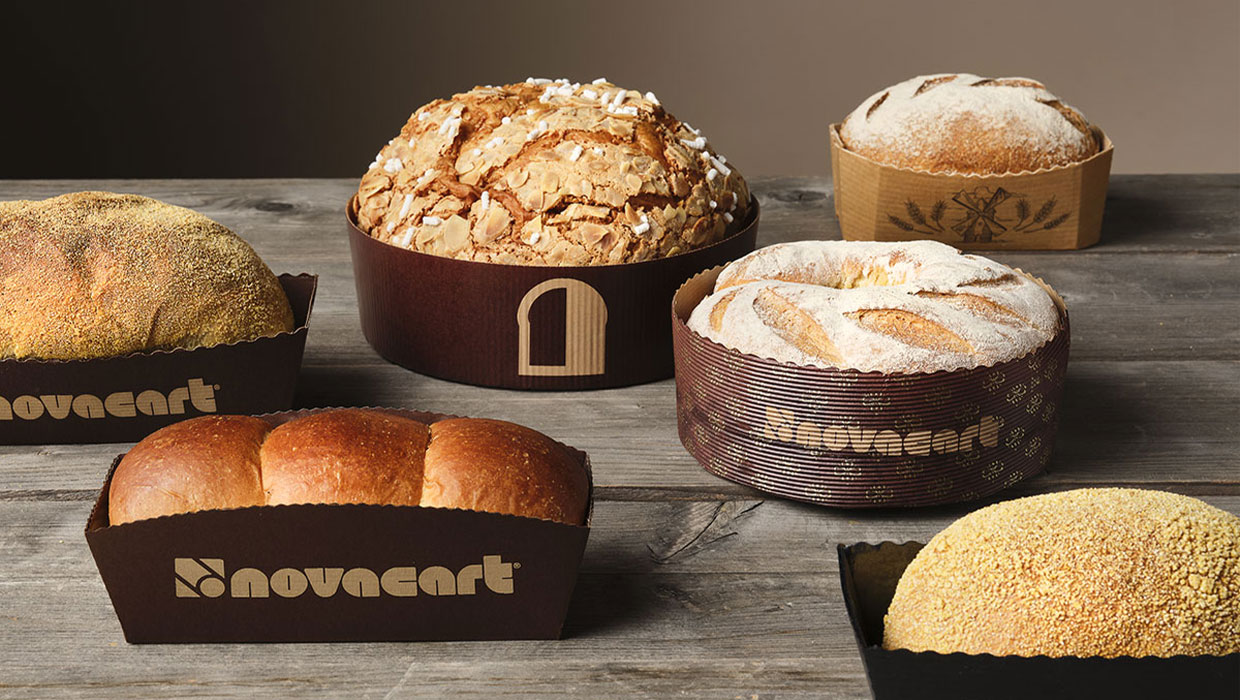- Home
- News & trends
- Trends
- The Decalogue of Perfect Packaging

The Decalogue of Perfect Packaging
Packaging is not just a container, it is a powerful, immediate communication tool. Beyond protecting the product, its role is to represent the identity of the workshop or brand and to create a memorable purchasing experience.
Let’s discover together the ten fundamental principles for designing effective, strategic packaging.
1. Protection Above All
The primary task of packaging is to guarantee the product’s integrity. Every pastry must reach the customer intact, maintaining its shape, texture, and freshness. Protection is the foundation upon which every aesthetic and functional solution is built.
2. Visual and Brand Consistency
Packaging must reflect the pastry shop’s identity: colors, materials, and design should align with the brand’s style and values. Strong visual recognition reinforces the bond with customers and creates continuity between product and brand.
3. Sustainability as Added Value
Choosing eco-friendly, recyclable, or compostable materials is increasingly appreciated. Sustainable packaging communicates care and responsibility, decisive factors in building customer loyalty today.
4. Functionality and Practicality
The market demands fast, durable solutions, suitable even for delivery. Easy-to-assemble, space-saving packaging with solid mechanical performance meets the operational needs of increasingly dynamic workshops.
.jpg)
.jpg)
5. The Product as the Protagonist
Highlighting the pastry, making it visible or placing it at the center of the design, is essential. The product’s appearance captures attention, stimulates the desire to buy, and anticipates the tasting experience. After all, we eat first with our eyes.
6. The Right Design for Every Occasion
It is useful to distinguish three categories:
- Everyday: packaging linked to counter products and the pastry shop’s visual identity
- Local: packaging designed for traditional regional desserts.
- Seasonal: packaging for occasions such as Christmas, Easter, or Valentine’s Day.
Each occasion deserves a dedicated design that conveys tradition, care, and uniqueness.
7. Clarity of Information
Regulations require a significant amount of mandatory information. The challenge lies in presenting it clearly and harmoniously, without compromising the elegance of the graphic design. Transparency is a value, visually as well.
8. Stimulating the Senses
Good packaging should extend the sensory experience that begins in the pastry shop: scents, colors, shapes, and words. The goal is to evoke memories and emotions, culminating in the tasting moment. In this way, packaging becomes part of the product’s story.
9. Personalization and Loyalty
Unique, recognizable packaging strengthens brand recall. Logos, graphics, messages, and colors should be designed to stay in the customer’s memory, turning every purchase into a repeatable, meaningful experience.
10. Optimizing Costs and Quality
Standardizing sizes and using innovative materials helps reduce waste, improve efficiency, and control costs, all without sacrificing quality. Smart design is both an economic and sustainable choice.
.jpg)
Today, packaging is a strategic lever of utmost importance.
It must be beautiful, functional, responsible, and consistent. It is an extension of the product and of the workshop’s identity: every detail, from material to message, contributes to creating value, emotion, and recognition.
.jpg)
.jpg)
.jpg)
.jpg)